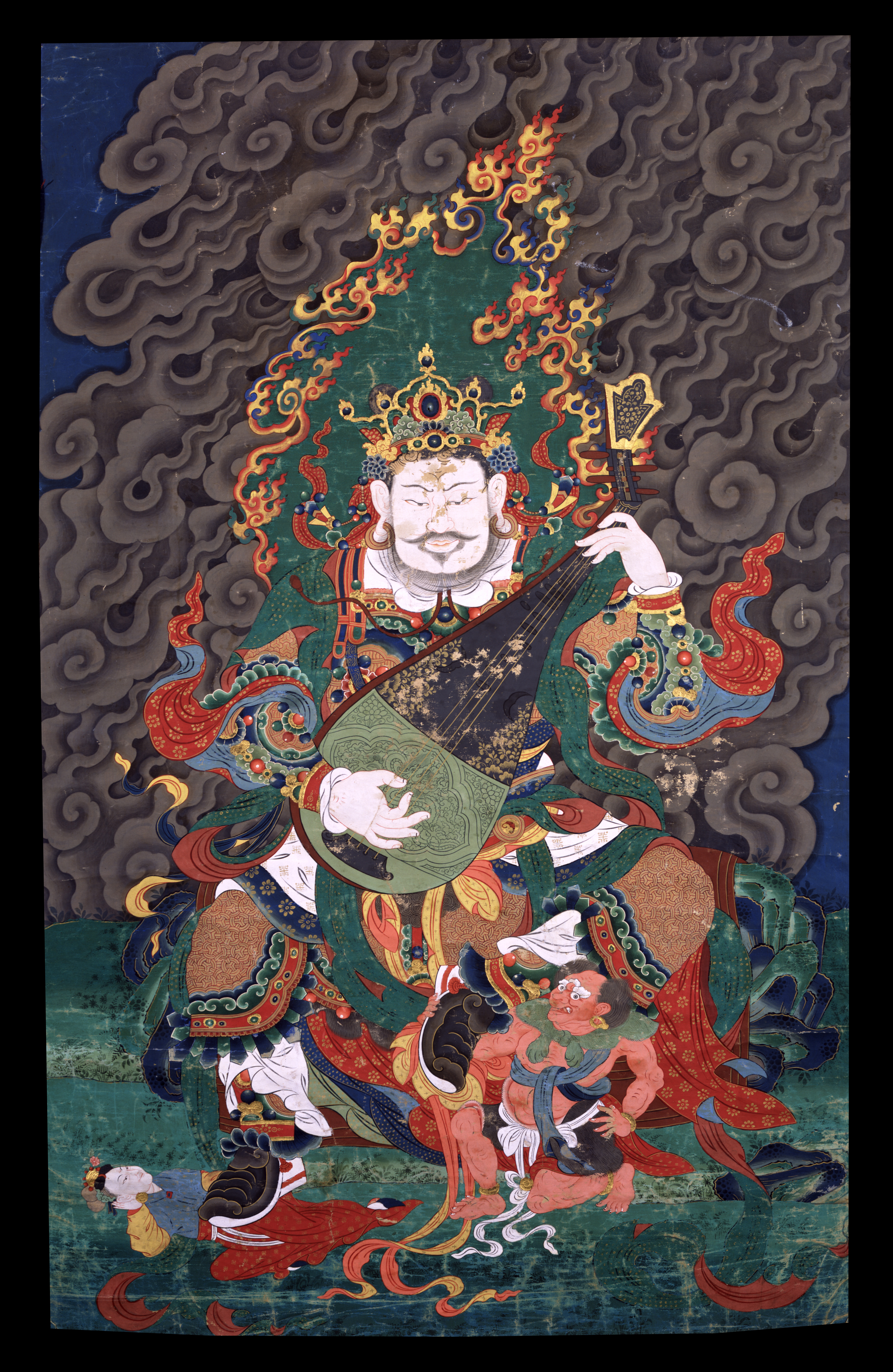Earthly ImmortalsArhats in Tibetan Painting
Rubin Museum
150 W. 17th St., NYC

Tibet’s culture is built on indigenous traditions infused with foreign ideas. By the 14th century, Chinese art and luxury goods were pouring into Tibet as a result of political ties with the Mongol emperors of China. While Tibetan artists had already been exposed to arts from their northern neighbor, this massive influx had a profound effect on the development of Tibetan painting. Arhat painting, a genre introduced to Tibet from China during this period, is an ideal lens through which we can observe this artistic interaction and the distinctly Tibetan visual vocabulary that emerged from it.